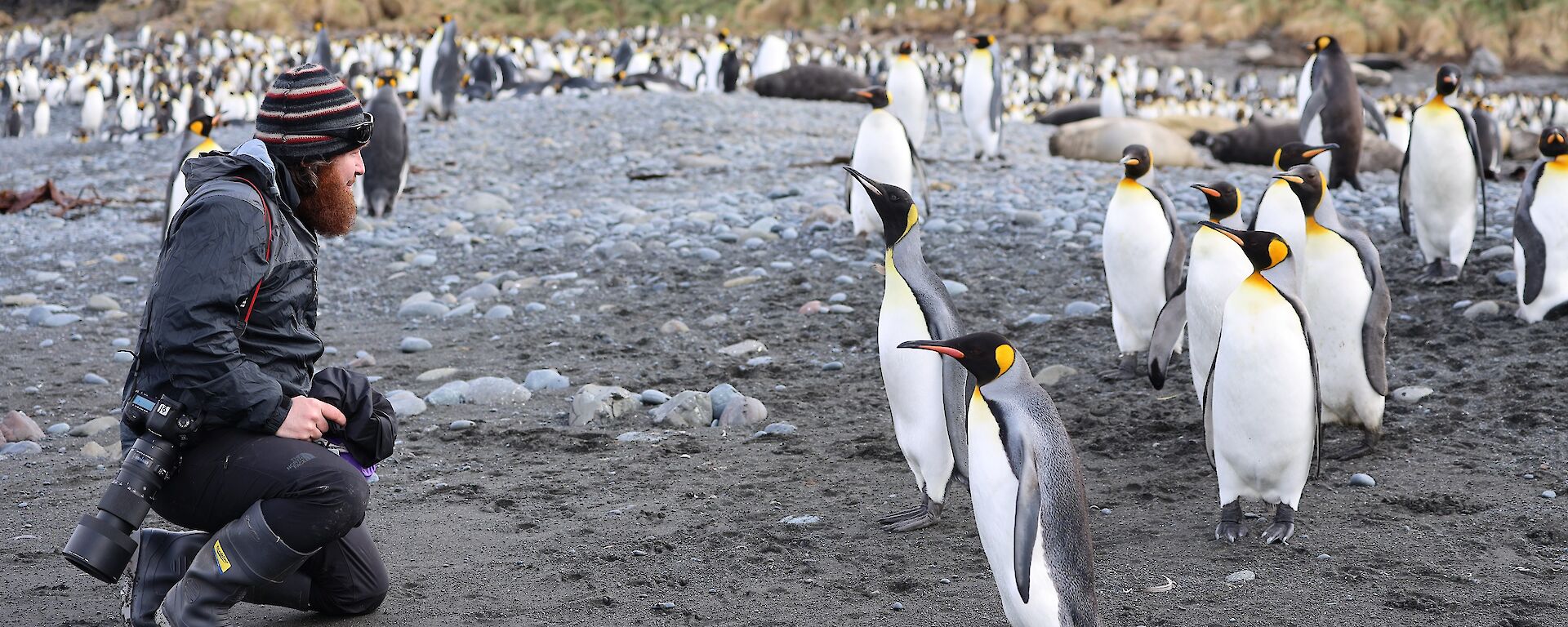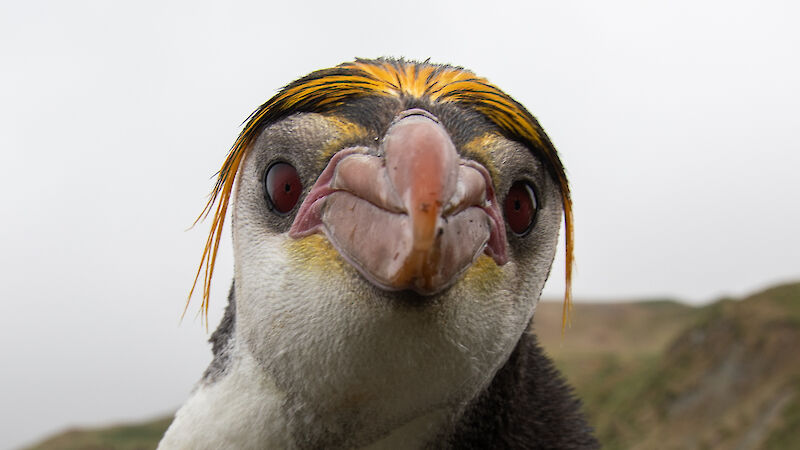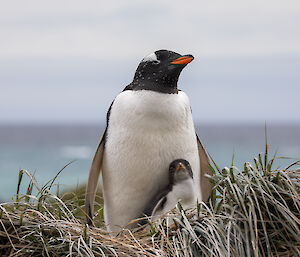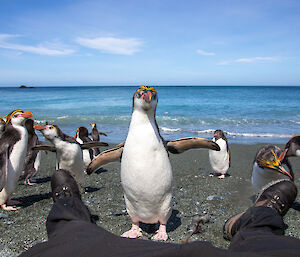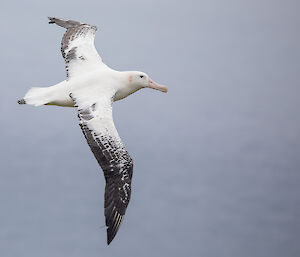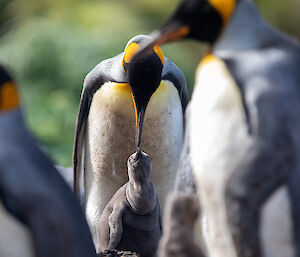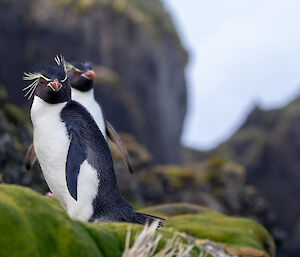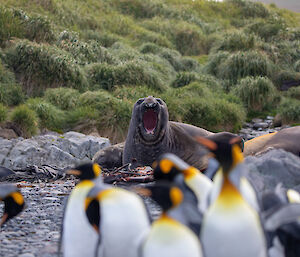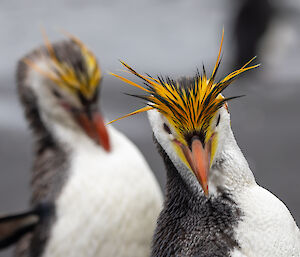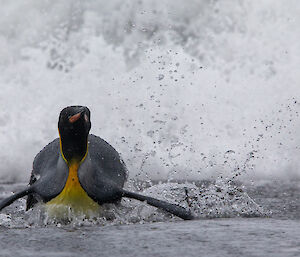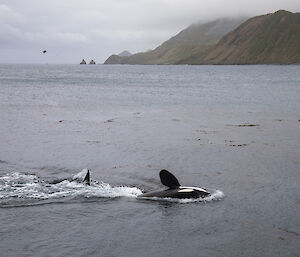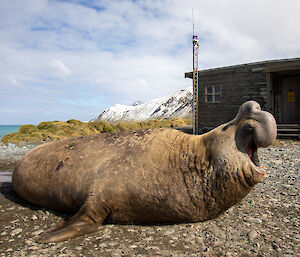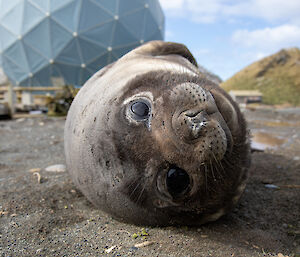For the past twelve months, Troy has been the communications technical officer for the Australian Antarctic Division at Macquarie Island research station.
On 2021 World Wildlife Day, he says the highlights of living amongst the exuberant abundance of 3.5 million seabirds and 80,000 elephant seals are “almost impossible to describe.”
“There’s something truly remarkable about sitting all by yourself, in the middle of over a million royal penguins honking and gawking at each other. Every so often one of the penguins will get curious and come over and nibble on your shoe, maybe gently touch your hand before wandering back into the colony to feed its chick,” Troy said.
“I still can’t believe how lucky I am to be able to experience these moments.
“On the short walk to my office in the morning, the first animals I might see are a couple of orcas 30 metres off the coast, or 20 king penguins checking me out, or a gang of gentoo penguins almost tripping me over. Not to mention rockhopper penguin calls from under the Ham Shack as my alarm clock in the morning.
“At the right time of year you might have to step over an elephant seal weaner or five to even get to the door of the office.
“It’s not unusual to look up and see a light mantled albatross a few metres above trying to work out what I am.”
He said it’s not just the size of the populations that are amazing, but the sheer size of the animals themselves.
“Until a wandering albatross dive-bombs you with a sound like a Boeing 737 flying overhead, you never really understand how big a three metre wingspan actually is!
“Leave the station gates open and there’ll be a three tonne bull elephant seal at your door.”
Troy especially appreciated witnessing the shifting seasons of the sub-Antarctic and breeding cycles of the wildlife.
“We arrived at the end of March which is the end of the summer breeding season, a perfect time to arrive as you catch the tail-end of the rockhopper and royal penguins, as well as some of the other birdlife before they disappear from the island for six months or so,” he said.
“When summer rolls around the island population explodes! Everywhere you look there are penguin chicks or an elephant seal harem, albatrosses start nesting and skua chicks are running around.
“It’s truly one of the most amazing places I think I’ll ever see.”
Macquarie Island and its waters to three nautical miles are protected as a Tasmanian Nature Reserve. The island, including the waters out to 12 nautical miles, was inscribed on the World Heritage List in 1997 because of its outstanding natural values. The Commonwealth Macquarie Island Marine Park lies to the south and east of the island, and covers about 16.2 million hectares.

